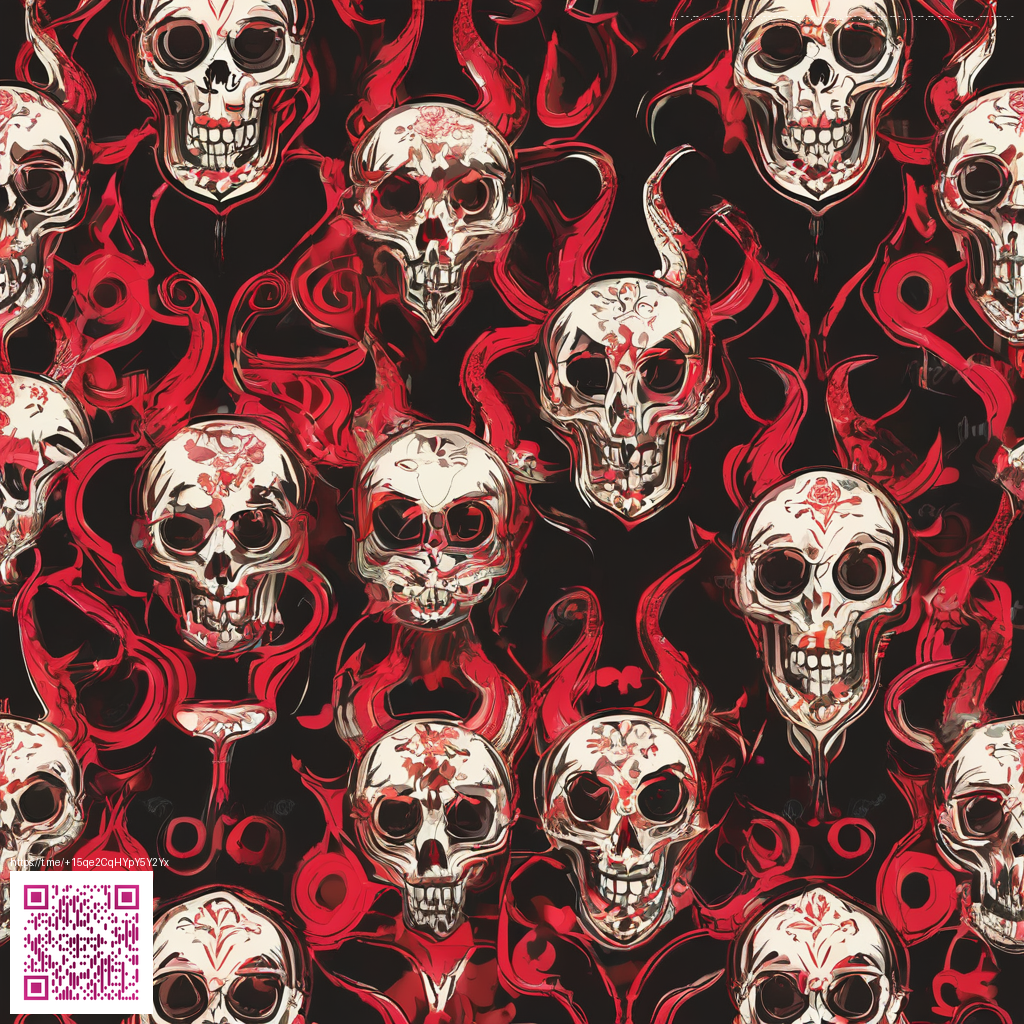
Depth on Paper: Techniques for Dynamic Motion Posters
In the world of posters that seem to move even when still, depth is less about convincing perspective and more about orchestrating a tangible space that your eyes can tour. Designers are increasingly blending materiality with clever composition to transform flat sheets into scenes with arrival times and pauses, much like a cinematic moment captured on a single page. The aim is to create an optical journey where light, shadow, and layering guide the viewer’s gaze across the design, inviting closer inspection and longer engagement.
Layering as a Language: physical and digital echoes
One of the most reliable ways to push depth is through layered substrates. Think of stacking multiple sheets of paper, each cut or etched to reveal a portion of the layer beneath. When done thoughtfully, the offset edges and additive shadows become a silent, elegant narrative device. In practice, you might pair rigid stock with translucent layers—vellum, acetate, or frosted overlays—that peek through to establish a sense of foreground, midground, and background. If you experiment with edge finishing and careful alignment, the poster reads as a small stage where elements breathe in sequence rather than collide on a single plane.
For creators prototyping physically, it helps to borrow ideas from other durable, ultra-thin materials. Consider the concept of a material that is surprisingly strong yet slender—a notion that can inform how you design backing sections, tabs for movement, or anchored pivots in a poster frame. For a practical reference point, you can explore a product that epitomizes slim, high-quality construction. The Slim Lexan Phone Case Glossy Ultra-Thin showcases how a material can remain almost invisible while providing structure and precision. Its philosophy—thin, glossy, and rigid—maps well to poster design where every millimeter of depth counts.
Techniques to Elevate Depth Without Overcrowding
- Selective translucency: use translucent layers to create subtle mid-ground tones that soften edges and invite the eye to travel inward.
- Offset geometry: stagger cut shapes slightly from their backing to generate natural shadows and a sense of space.
- Shadow cues: plan how ambient light will cast real or simulated shadows across layers, reinforcing the depth hierarchy.
- Color layering: constrain a color palette to a few tones per layer, letting hue shifts imply distance and direction.
- Typography as a depth cue: position type with varying scale and contrast so headlines hover above or recede behind artwork elements.
“Depth is the choreography of sight—an arrangement where space, light, and texture lead the viewer on a deliberate path, not by force, but by invitation.”
When planning motion posters, it helps to map the concept digitally before committing to print. Create a layered composition in your preferred design tool, assigning each layer a relative depth. Then simulate how a viewer might walk around the piece or how light could sweep across it at different angles. This foresight reduces waste and elevates the final piece, ensuring that every fold, cut, and translucency choice serves the storytelling arc.
Incorporating a tangible, tactile aspect can also diversify the experience. A poster that nods to the durability and precision of modern materials—like ultra-thin, high-clarity substrates—often benefits from a tested approach. Reference points from packaging, signage, or limited-edition art objects can be surprisingly transferable to poster design. And while the poster is a print, thinking in terms of how a material behaves in three dimensions—how it bends, overlaps, or snaps into place—helps maintain coherence between concept and production.
From Concept to Display: a practical workflow
- Define the narrative and identify the layers that will carry its meaning.
- Prototype quickly with inexpensive stock to test depth and edge treatment.
- Move to a refined set of materials (including translucent and opaque layers) and test lighting scenarios.
- Pre-visualize the final look with a digital mockup that preserves depth cues and typography balance.
- Produce a restrained run that emphasizes both visual impact and viewer readability from various distances.
As you iterate, keep your core message crisp and let depth support, not overwhelm, the content. A well-executed depth strategy can turn a static page into an almost cinematic frame, where viewers discover new details on repeat viewings. And if you’re exploring how materials influence strategy, a study of slim, robust constructions—whether for wearables or posters—can offer practical analogies for durability and elegance in design decisions.